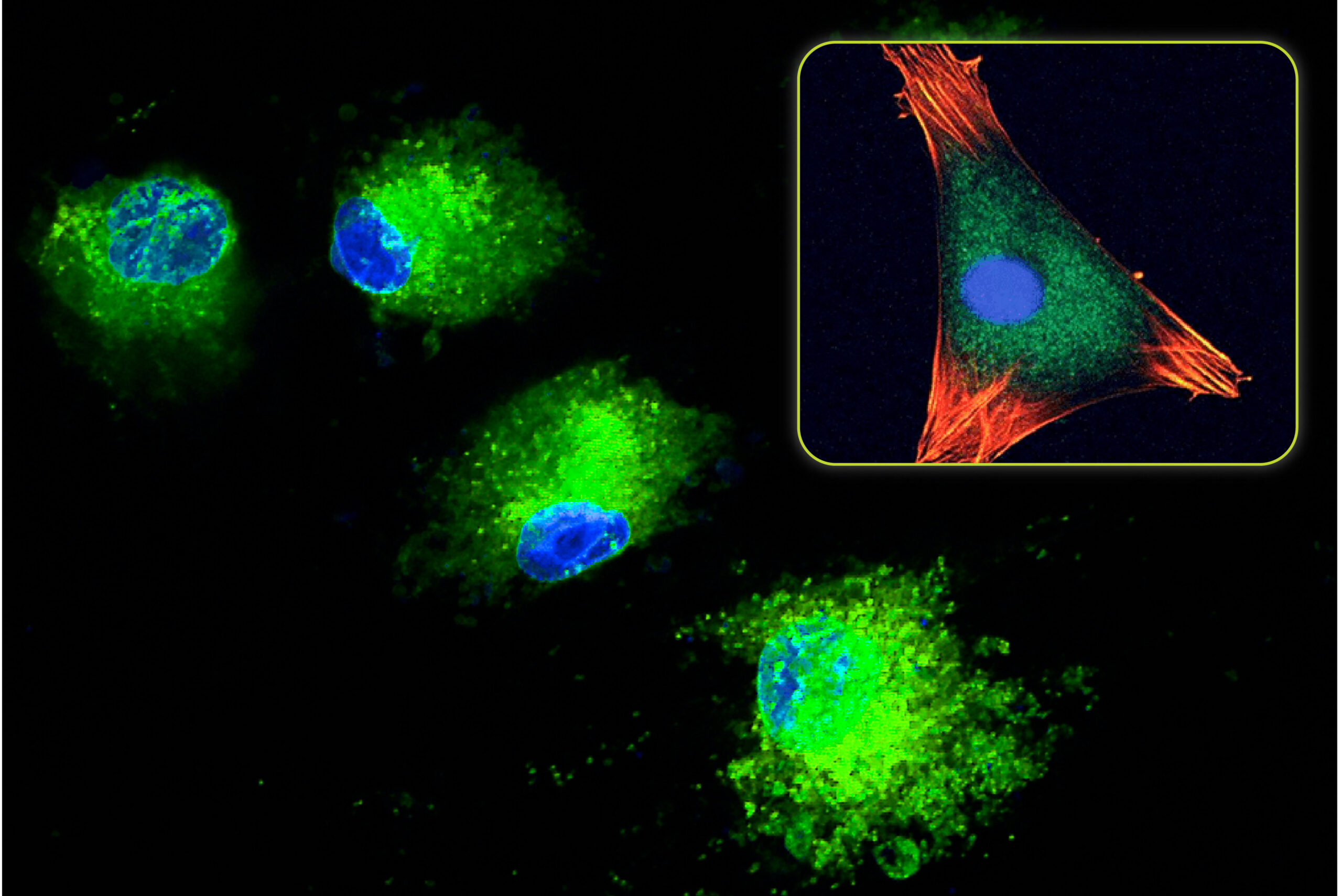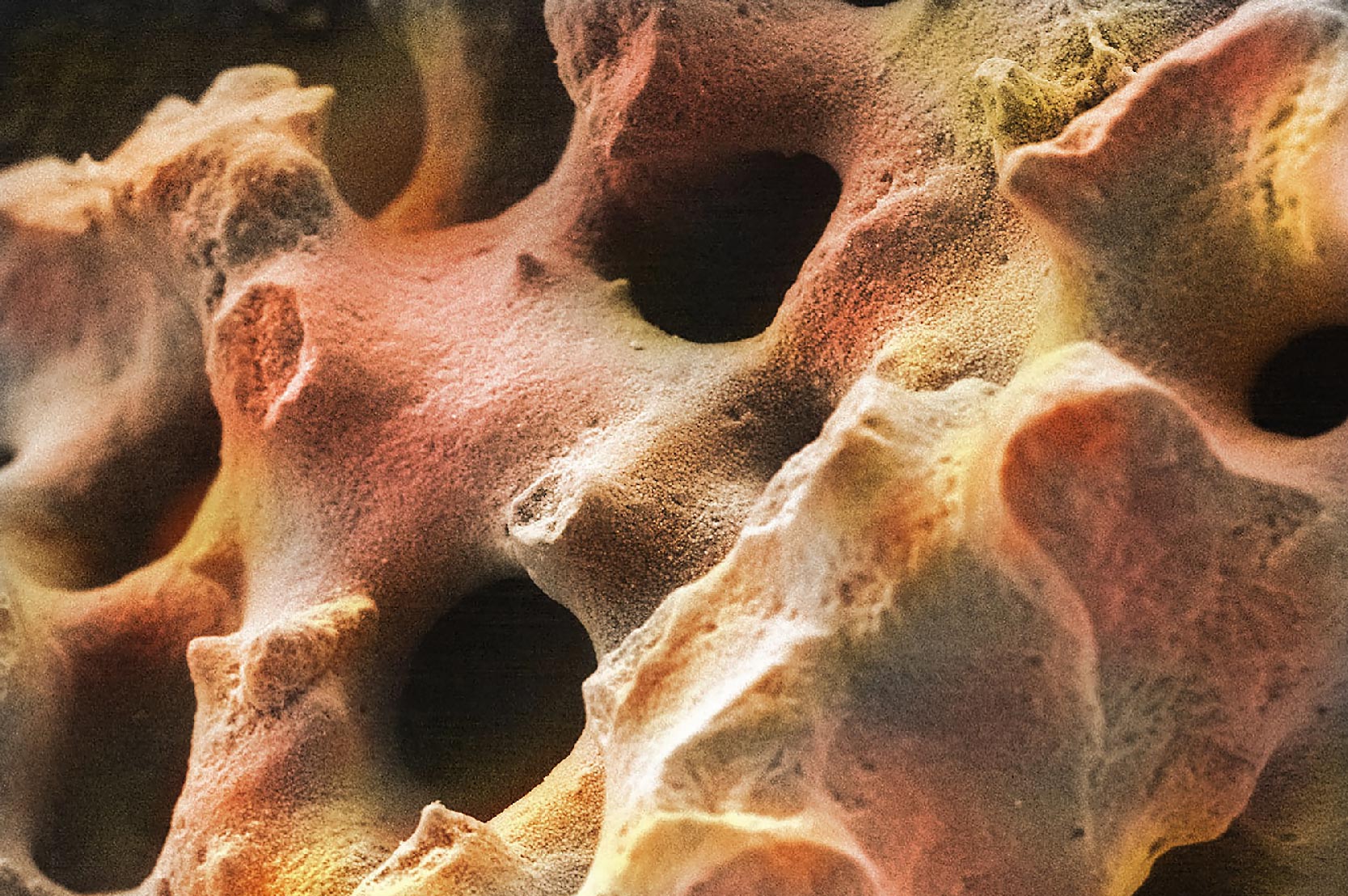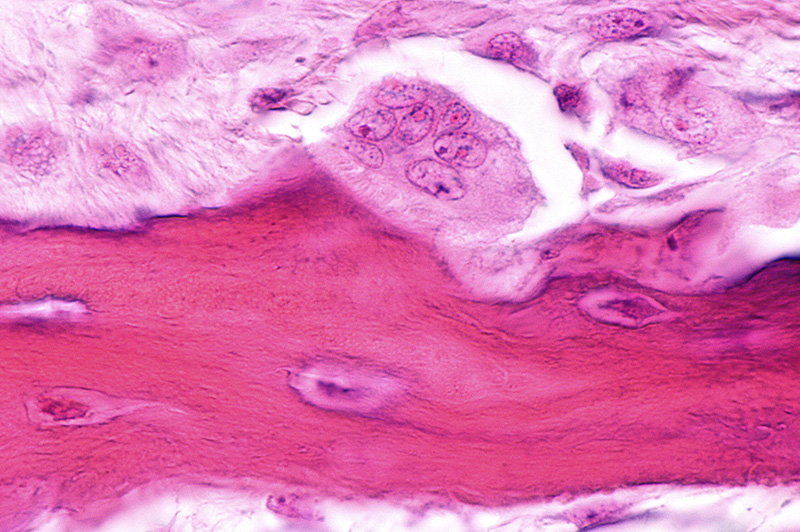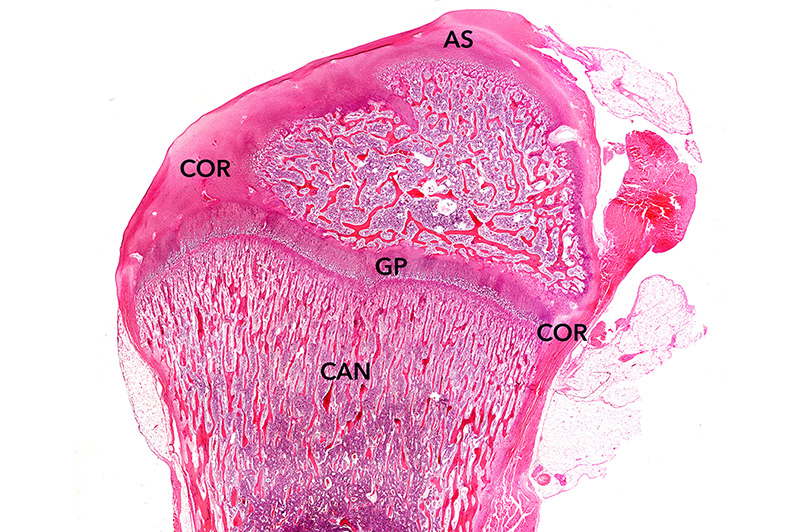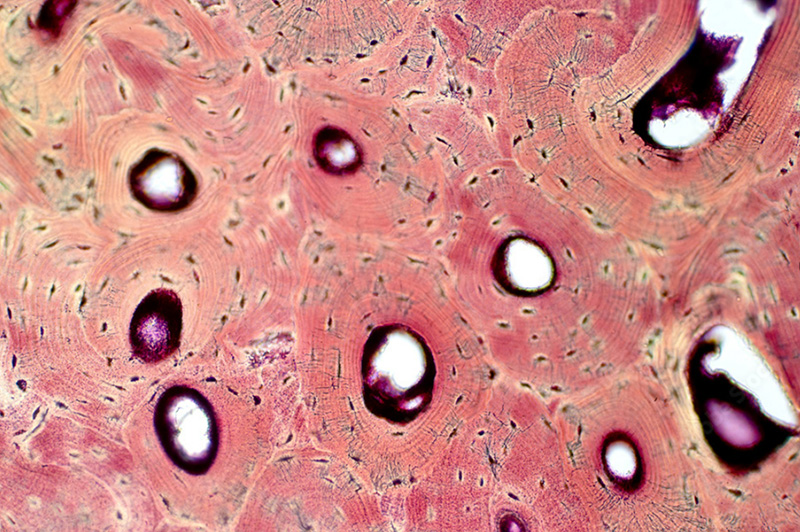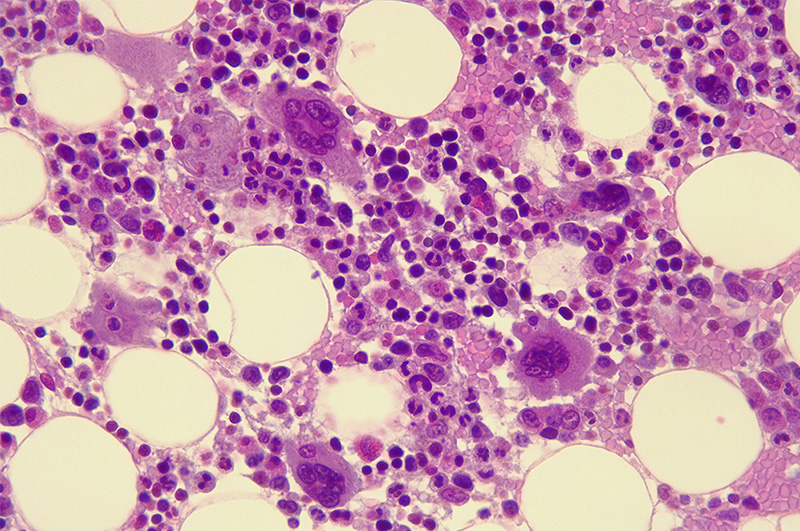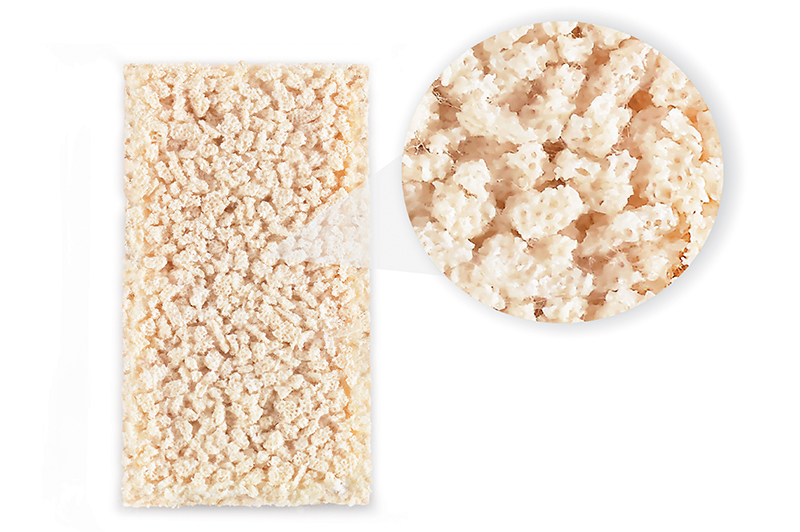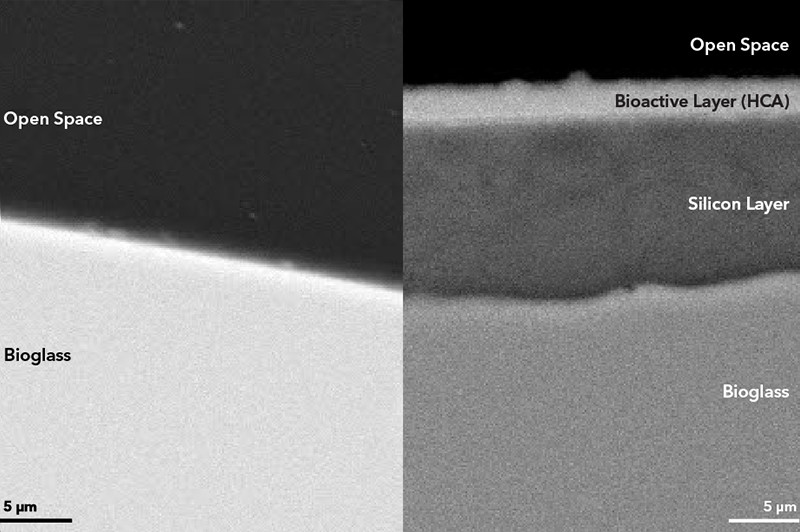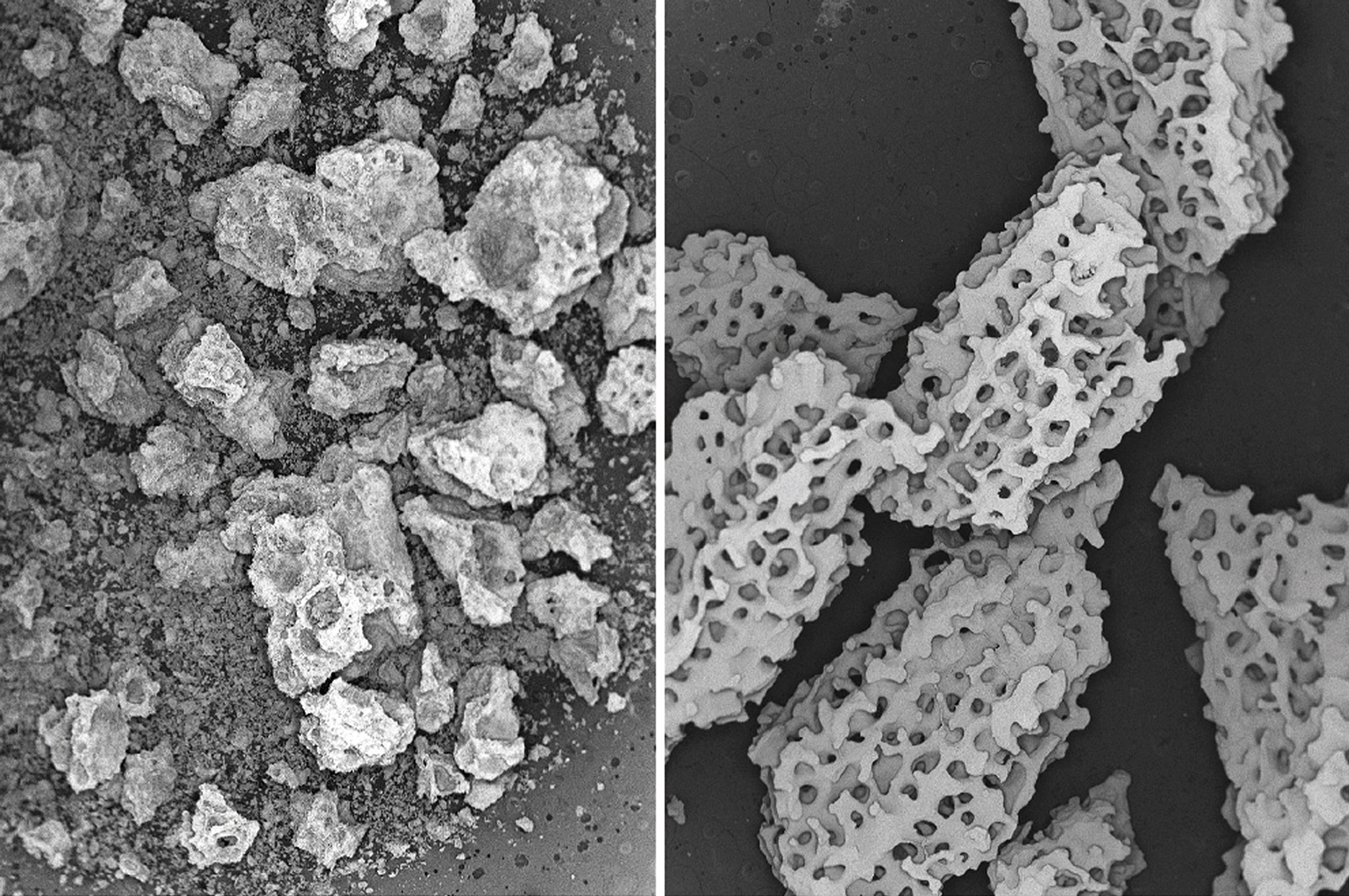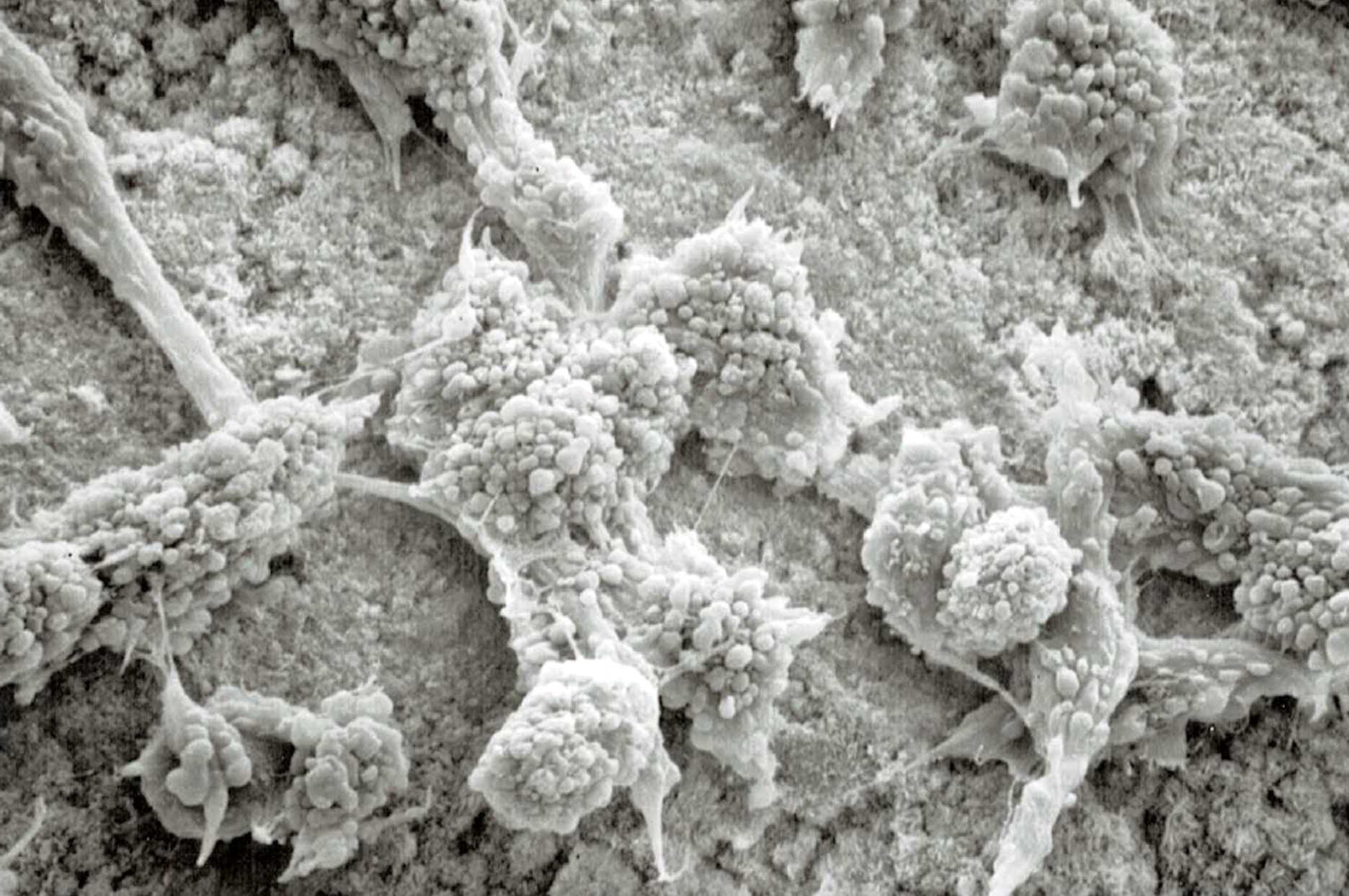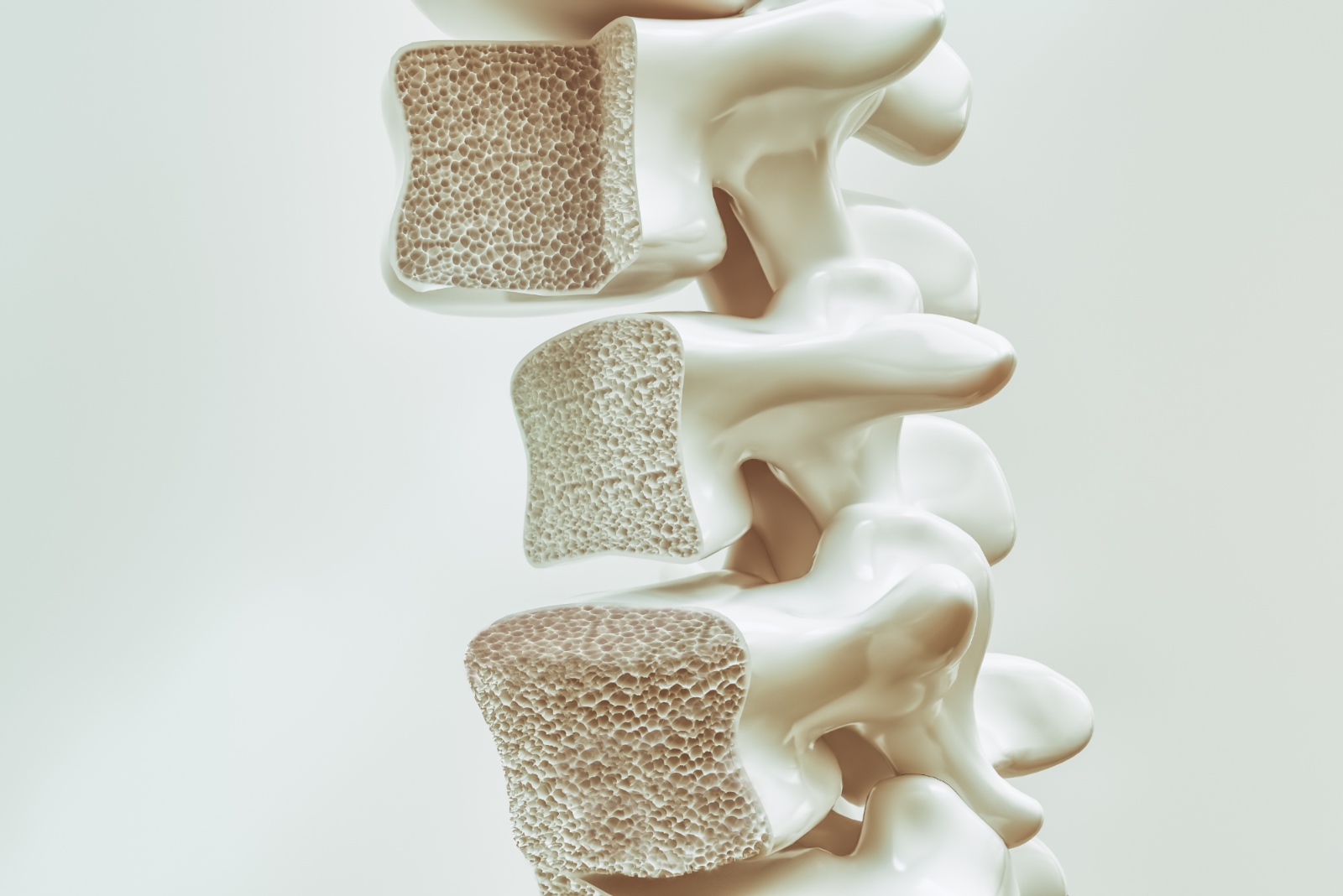Biogennix Blog
Cellular Allograft Products: Regulation, Manufacturing, and Safety
Cellular allograft bone graft products have been a popular graft choice for years. Due to their source and composition, cellular allografts must adhere to certain protocols, regulations, and processes to ensure the donated tissue is safe to implant ...
Stem Cells: Overview, Differentiation Potential, and Use of MSCs in Bone Grafting
Modern processing techniques have greatly expanded access to stem cells for use in surgery. For procedures that require bone grafting, it is expected that surgeons will continue to explore the use of mesenchymal stem cells ...
Dual-Stage Bone Graft Resorption: The Unique Benefits of TrelCor Bone Graft Technology
Regardless of the type of bone graft material, the rate at which that graft resorbs plays an important role in the healing process. Most grafts resorb at a fixed rate, while Biogennix’s advanced TrelCor-based graft materials provide ...
Bone Remodeling Process: Bone Resorption
Bone remodeling occurs when there is a balance between new bone formation by osteoblasts and old bone resorption by osteoclasts. When a balance exists, there is no net change in bone mass. There are, however, ...
Bone Fracture Repair Anatomy: 3 Ways to Categorize Bone
In order to understand what role bone graft products carry in the process of bone fracture repair, it is important to understand the architecture of bone and the different categories of bone involved in the healing process ...
Bone Composition: Part 2 – Bone Matrix
Bone matrix is a musculoskeletal tissue that consists of a complex composition of organic and inorganic components. Due to this multi-component composition, bone matrix serves a variety of biological functions...
Bone Composition: Part 1 – Bone Cells
Bone is a fascinating material that provides a vital mechanical and biological function in the musculoskeletal system. Its unique properties have inspired material scientists to use…
The Power of High Granule Density in Bone Formation Response
Improve the bone formation response by taking a critical look at the function, granule density, and porosity of the synthetic bone products you choose. The main function of a synthetic…
Comparison of TrelCor® HCA vs. Bioglass Bioactivity
In the context of bone grafting materials, bioactivity is the ability of a material to form a layer of calcium phosphate on its surface when exposed to body fluid. This…
The Importance of Biomimetic Porosity in Bone Formation: Part 2 – Porosity-Strength Relationship
All bone grafts need to function as a scaffold for new bone formation and support bone growth on their surface. This property is called osteoconductivity and is a critical…
Comparing the Cellular Effects of Bone Graft Materials: Nanosurfaces vs. Bioglass
One of the critical functions of a bone graft material is to support bone formation on its surface. This is the main reason why bone graft products contain osteoconductive surfaces…
The Importance of Biomimetic Porosity in Bone Formation: Part 1 – Pore Size, Interconnectivity, Volume, and Surface Area
Nature has been highly effective in creating hierarchical structures that are mechanically stable yet contain porosity to serve biological function. This is clearly evident in bone found in the human…

